Introduction: Wild Plants for Survival
Have you ever wondered how you’d survive if you were stranded in the wilderness with no food or supplies? What if the key to your survival was right under your feet? In this comprehensive Wild Plants Identification Guide, we’ll show you how to identify edible and toxic plants, avoid life-threatening mistakes, and use nature’s bounty to your advantage.
Wild plants can be a lifesaver in survival situations. They provide food, medicine, and even materials for shelter. But not all plants are safe to eat. Some can make you sick or even be deadly if you don’t know what to look for. That’s why learning to identify plants is so important.
Whether you’re an avid hiker, a survival enthusiast, or simply curious about foraging, this guide will teach you the basics. You’ll learn how to spot common edible plants, avoid dangerous ones, and use nature’s resources wisely. Let’s dive in and explore the world of wild plants together!
Importance of a Wild Plants Identification Guide
Understanding how to identify wild plants is a critical skill for survival. Not only can edible plants provide essential nutrients, but knowing which plants to avoid can save your life. Here’s why this guide is your ultimate resource:
- Safety First: Misidentifying plants can lead to poisoning or even death. Many toxic plants look similar to edible ones, so proper identification is crucial to avoid dangerous mistakes.
- Nutritional Value: Wild plants are packed with vitamins and minerals. They can provide essential nutrients like vitamin C, iron, and antioxidants, helping you stay healthy in survival situations.
- Sustainability: Foraging reduces reliance on packaged foods. By learning to identify wild plants, you can source food naturally and reduce your environmental impact.
- Emergency Preparedness: You’ll be ready for any survival scenario. Knowing which plants are safe to eat ensures you can find food and medicine when resources are scarce.
How to Use This Plants Identification Guide
Before we explore specific plants, let’s cover the basics of how to use this guide effectively:
- Observe Carefully: Look closely at the plant’s leaves, stems, flowers, and roots. Notice their shape, color, texture, and any unique features to help with accurate identification.
- Use Multiple Sources: Cross-check your findings with other reliable guides or apps. This ensures you don’t mistake a toxic plant for an edible one.
- Start Small: If you’re trying a new plant, test a tiny amount first. Wait to see if there’s any reaction before consuming more.
- Avoid Uncertainty: If you’re not 100% sure about a plant, don’t eat it. It’s always better to be safe than sorry when foraging in the wild.
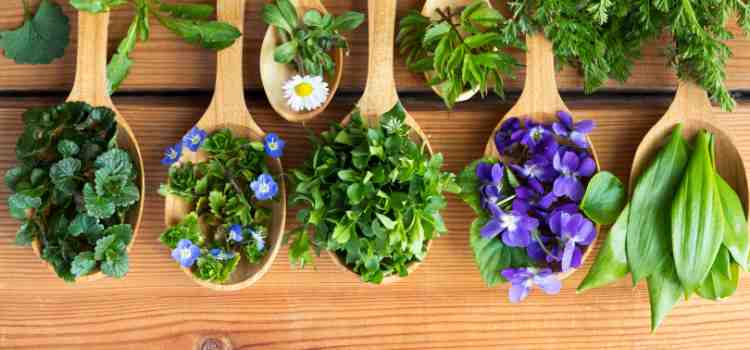
Common Edible Wild Plants in the USA
Here are some of the most common edible wild plants you’re likely to encounter in the USA. Use this Wild Plants Identification Guide to recognize them:
1. Dandelion (Taraxacum officinale)
Dandelions are easy to spot with their bright yellow flowers, toothed leaves, and hollow stems. Every part of the plant is edible. The leaves make a nutritious addition to salads, while the roots can be roasted and ground into a coffee substitute. Dandelions are rich in vitamins A, C, and K, making them a powerhouse of nutrition.
2. Wild Garlic (Allium vineale)
Wild garlic is identified by its long, thin leaves and a strong garlic smell. It’s commonly found in fields and wooded areas. The leaves and bulbs can be used to add flavor to soups, stews, and other dishes. Wild garlic is also packed with antioxidants and essential vitamins, making it a healthy choice for foragers.
3. Chickweed (Stellaria media)
Chickweed is a small plant with star-shaped white flowers and oval leaves. It grows in moist, shaded areas and is often found in gardens. The leaves and stems are tender and can be eaten raw in salads or cooked as a green vegetable. Chickweed is a great source of vitamins and minerals, including iron and calcium, making it a valuable addition to your diet.
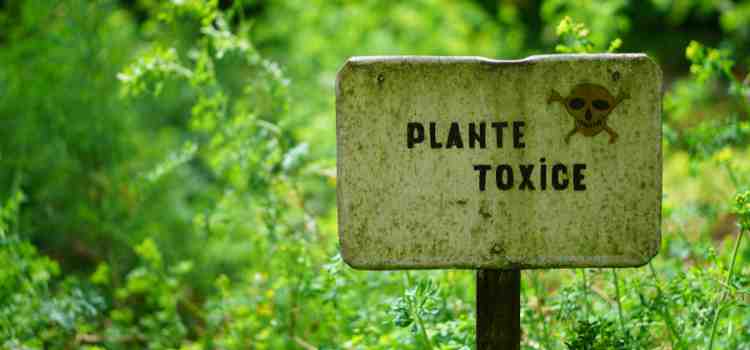
Toxic Plants to Avoid: A Survival Must-Know
While foraging, it’s crucial to know which plants are dangerous. Here are some toxic plants you should avoid:
1. Poison Ivy (Toxicodendron radicans)
Poison ivy is easily recognized by its shiny leaves that grow in clusters of three. Remember the saying, “Leaves of three, let it be.” Contact with this plant can cause severe skin irritation, itching, and painful rashes. Always avoid touching or handling it.
2. Deadly Nightshade (Atropa belladonna)
Deadly nightshade is identified by its purple bell-shaped flowers and shiny black berries. Despite its attractive appearance, this plant is highly toxic. Ingesting even a small amount can lead to severe poisoning, paralysis, or even death. Steer clear of it at all costs.
3. Water Hemlock (Cicuta maculata)
Water hemlock is one of the most toxic plants in North America. It has small white flowers clustered in umbrella-like shapes and often grows near water. Ingesting any part of this plant can cause seizures, respiratory failure, and death. Avoid it completely.
How to Identify Edible vs. Toxic Plants
To avoid confusion, follow these steps:-
- Check the Leaves: Look for simple, non-shiny leaves. Many edible plants have straightforward leaf structures, while toxic ones may have glossy or complex patterns.
- Smell the Plant: Take a sniff. Toxic plants often have a bitter, chemical-like, or unpleasant odor, while edible plants usually smell fresh or earthy.
- Look for Lookalikes: Be cautious of plants that resemble edible ones. Some toxic plants mimic the appearance of safe species, so always double-check their features.
- Consult a Guide: Always carry a reliable Wild Plants Identification Guide. Cross-referencing ensures you avoid mistakes and stay safe while foraging.
Tools for Wild Plant Identification
Here are some essential tools to help you identify plants accurately:
- Field Guidebook: Carry a pocket-sized guide with pictures and descriptions. It’s a reliable resource for quick reference while foraging.
- Mobile Apps: Use apps like iNaturalist or PictureThis. These tools help identify plants instantly using your phone’s camera.
- Magnifying Glass: Examine small details like leaf veins or flower structures. It’s especially helpful for tricky identifications.
- Notebook: Record your findings, including plant features and locations. This helps you build knowledge and track patterns over time.
Table: Edible vs. Toxic Plants at a Glance
| Plant Name | Edible/Toxic | Key Features | Uses/Dangers |
| Dandelion | Edible | Yellow flowers, toothed leaves | Salads, tea, coffee |
| Poison Ivy | Toxic | Leaves of three, shiny surface | Skin irritation, rashes |
| Wild Garlic | Edible | Thin leaves, garlic smell | Flavoring for dishes |
| Deadly Nightshade | Toxic | Purple flowers, black berries | Fatal if ingested |
| Chickweed | Edible | Star-shaped flowers, oval leaves | Salads, cooked greens |
Foraging Tips for Beginners
If you’re new to foraging, follow these tips to stay safe and successful:
- Start with Common Plants: Focus on easily identifiable plants like dandelions.
- Avoid Polluted Areas: Don’t forage near roads or industrial sites.
- Respect Nature: Take only what you need and leave no trace.
- Learn Seasonally: Different plants are available in different seasons.
Table: Seasonal Availability of Plants
| Plant Name | Spring | Summer | Fall | Winter |
| Dandelion | Yes | Yes | Yes | No |
| Wild Garlic | Yes | Yes | No | No |
| Chickweed | Yes | Yes | Yes | No |
| Poison Ivy | Yes | Yes | Yes | No |
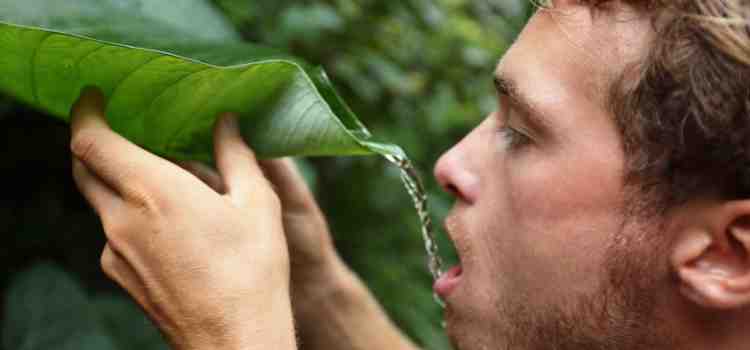
The Role of Wild Plants in Survival Situations
In survival scenarios, wild plants can be a lifeline. Here’s how they can help:
- Hydration: Some plants, like cattails, store water in their stems or roots. These can be a crucial source of hydration when clean water is scarce.
- Nutrition: Edible plants provide essential nutrients like vitamins, minerals, and calories. They can sustain you when food supplies are limited or unavailable.
- Medicine: Plants like yarrow have medicinal properties. They can be used to treat wounds, reduce inflammation, or even fight infections in emergencies.
- Shelter: Sturdy plants like bamboo or willow can be used to build shelters. Their flexibility and strength make them ideal for creating protective structures in the wild.
Table: Medicinal Uses of Wild Plants
| Plant Name | Medicinal Use | Preparation |
| Yarrow | Stops bleeding, treats wounds | Crush leaves into a poultice |
| Plantain | Soothes insect bites and rashes | Apply crushed leaves to the skin |
| Elderberry | Boosts immunity, fights colds | Brew into tea or syrup |
| Echinacea | Reduces inflammation, fights infection | Brew into tea or tincture |
Common Mistakes to Avoid When Foraging
Even experienced foragers can make mistakes. Here are some common pitfalls:
- Relying Solely on Memory: Never depend only on memory. Always double-check with a reliable guide or app to ensure accurate identification.
- Ignoring Lookalikes: Some toxic plants closely resemble edible ones. Pay attention to small details to avoid dangerous mix-ups.
- Overharvesting: Take only what you need. Overharvesting harms ecosystems and reduces future availability of plants.
- Forgetting Local Laws: Some areas have restrictions on foraging. Always check local regulations to avoid legal issues and protect natural habitats.
Table: Lookalike Plants to Watch Out For
| Edible Plant | Toxic Lookalike | Key Differences |
| Wild Carrot | Poison Hemlock | Wild carrot has hairy stems |
| Blueberries | Nightshade Berries | Nightshade berries grow singly |
| Morel Mushrooms | False Morels | True morels have hollow stems |
How to Test a Plant’s Edibility
If you’re unsure about a plant, follow these steps:
- Skin Test: Rub a small part of the plant on your skin. Wait for any reactions like itching, redness, or swelling before proceeding.
- Lip Test: Touch the plant to your lips and wait 15 minutes. If there’s no irritation or burning sensation, move to the next step.
- Taste Test: Chew a tiny piece of the plant and spit it out. Wait 2 hours to check for any adverse effects like nausea or dizziness.
- Eat Small Amounts: If no reactions occur, eat a small portion. Wait 8 hours to ensure it’s safe before consuming more.
Table: Step-by-Step Edibility Test
| Step | Action | Wait Time |
| Skin Test | Rub on skin | 15 minutes |
| Lip Test | Touch to lips | 15 minutes |
| Taste Test | Chew and spit out | 2 hours |
| Eat Small Amounts | Consume a small portion | 8 hours |
Conclusion
By now, you should feel more confident in your ability to identify wild plants for survival. This Wild Plants Identification Guide has equipped you with the knowledge to recognize edible plants, avoid toxic ones, and use nature’s resources wisely. Whether you’re foraging for food, finding medicinal plants, or building shelter, these skills are essential for thriving in the wild.
Remember to observe carefully, use reliable tools, and always double-check your findings. Avoid common mistakes like overharvesting or ignoring lookalikes, and respect local foraging laws. When in doubt, test plants cautiously and never take risks with uncertain species.
With this guide, you’re ready to explore the wilderness safely and sustainably. Whether you’re a beginner or an experienced forager, these tips will help you stay prepared and self-reliant. Happy foraging, and stay safe out there!
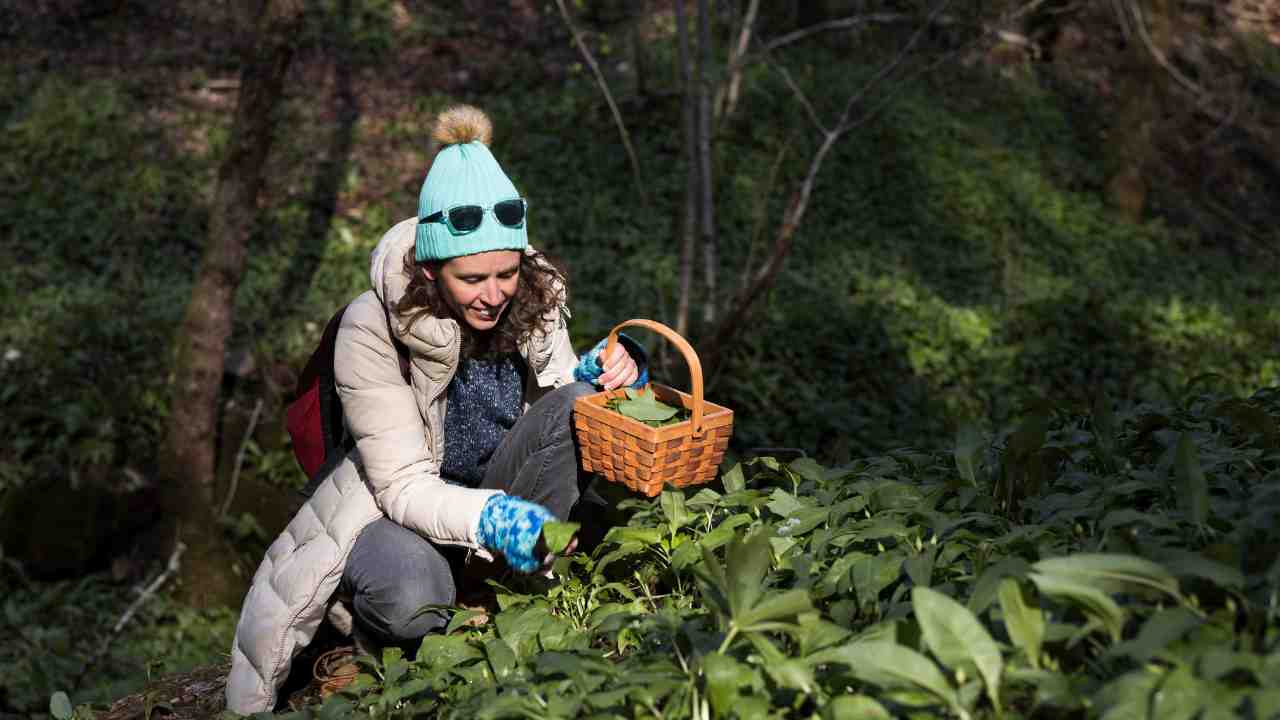
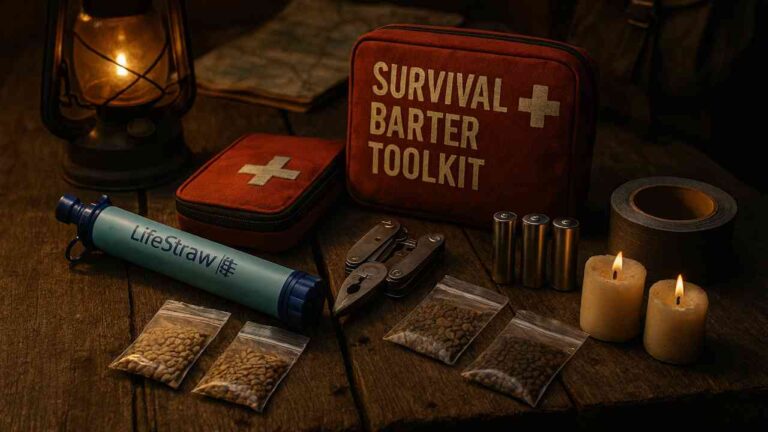

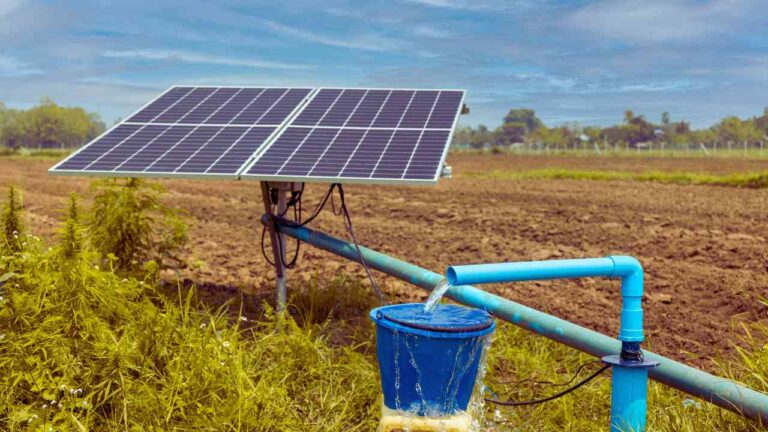



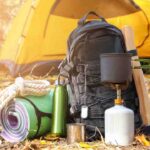
[…] Native Americans and early settlers relied on wild plants for healing. Today, even the World Health Organization (WHO) recognizes herbal medicine’s role in […]